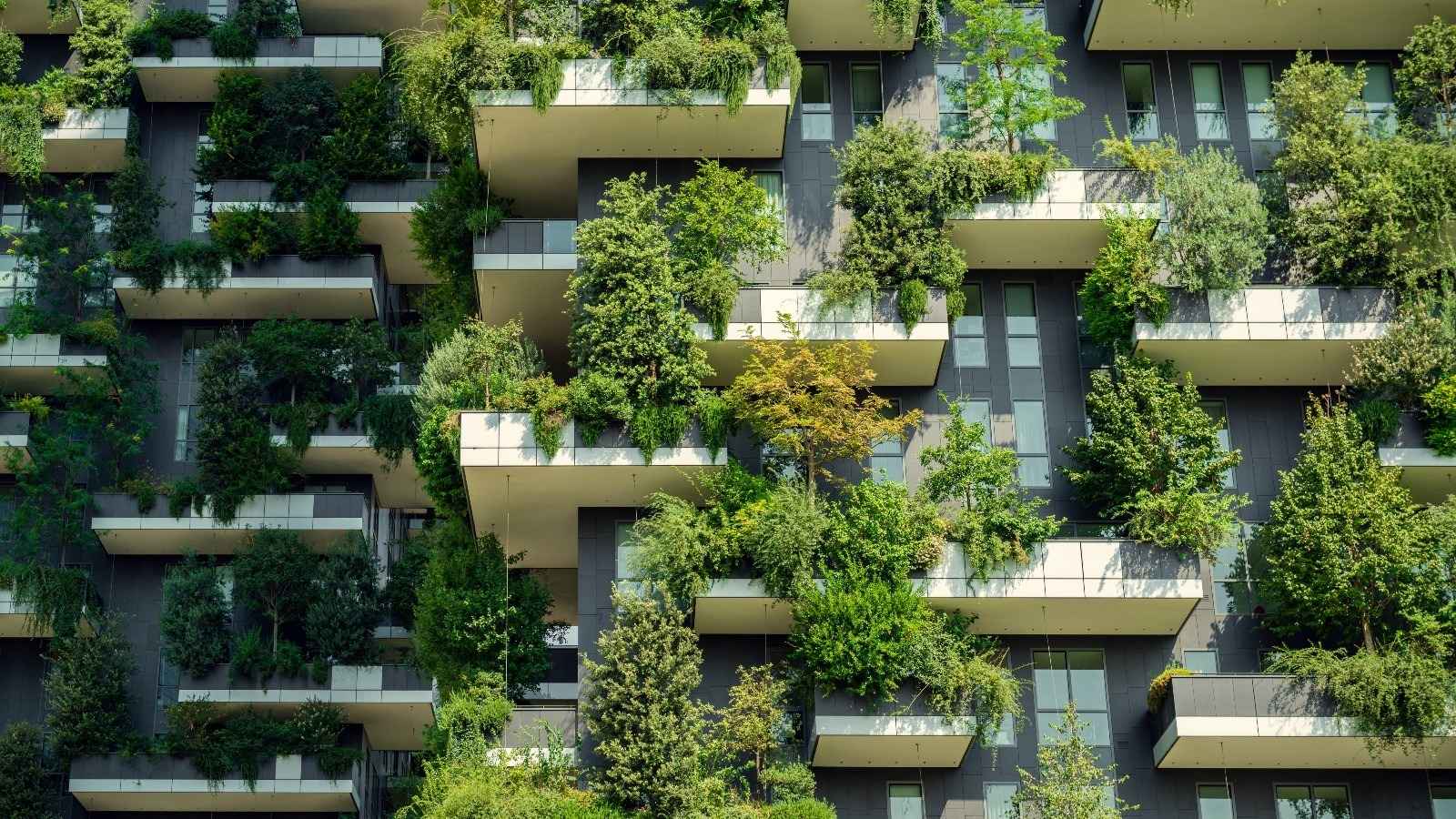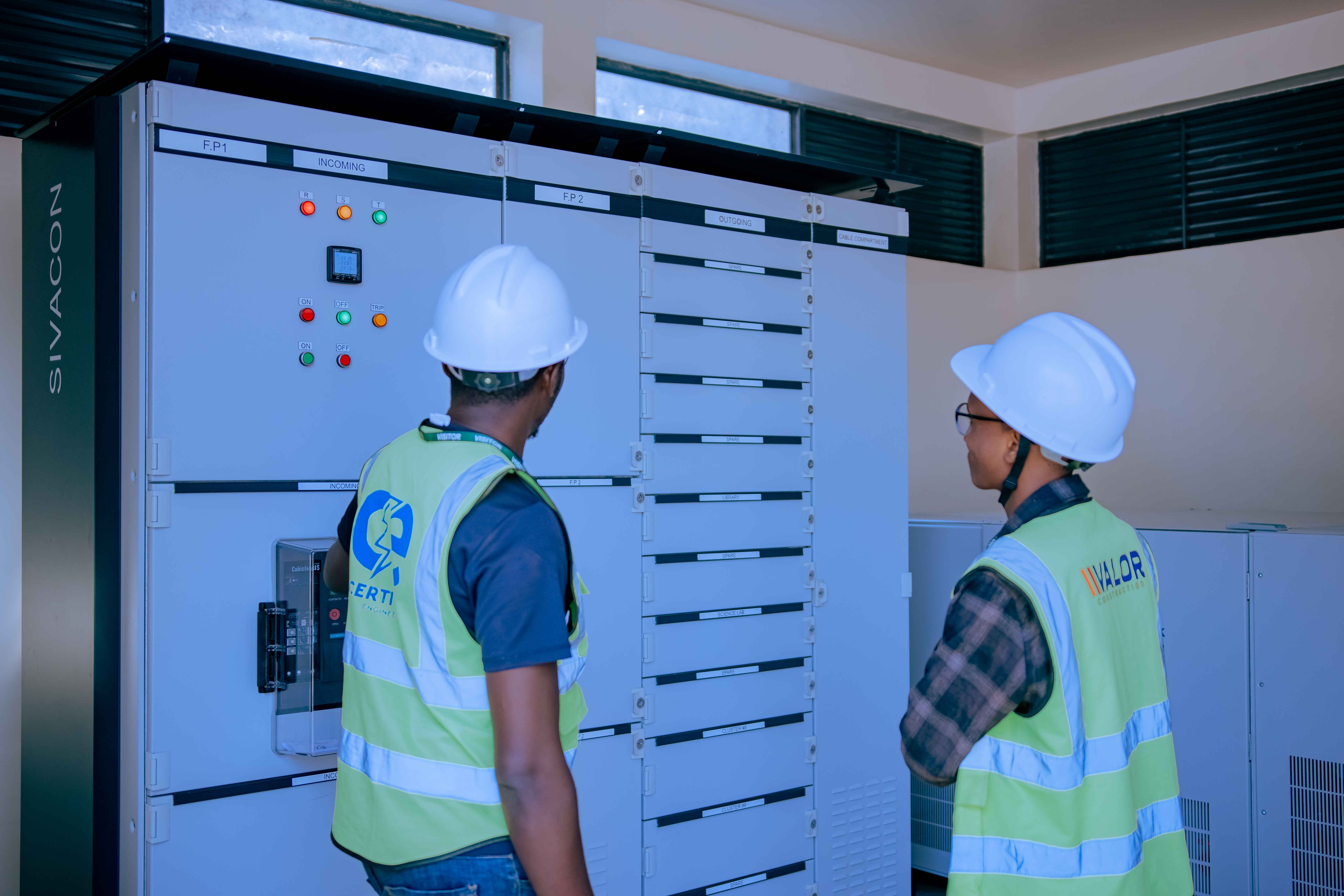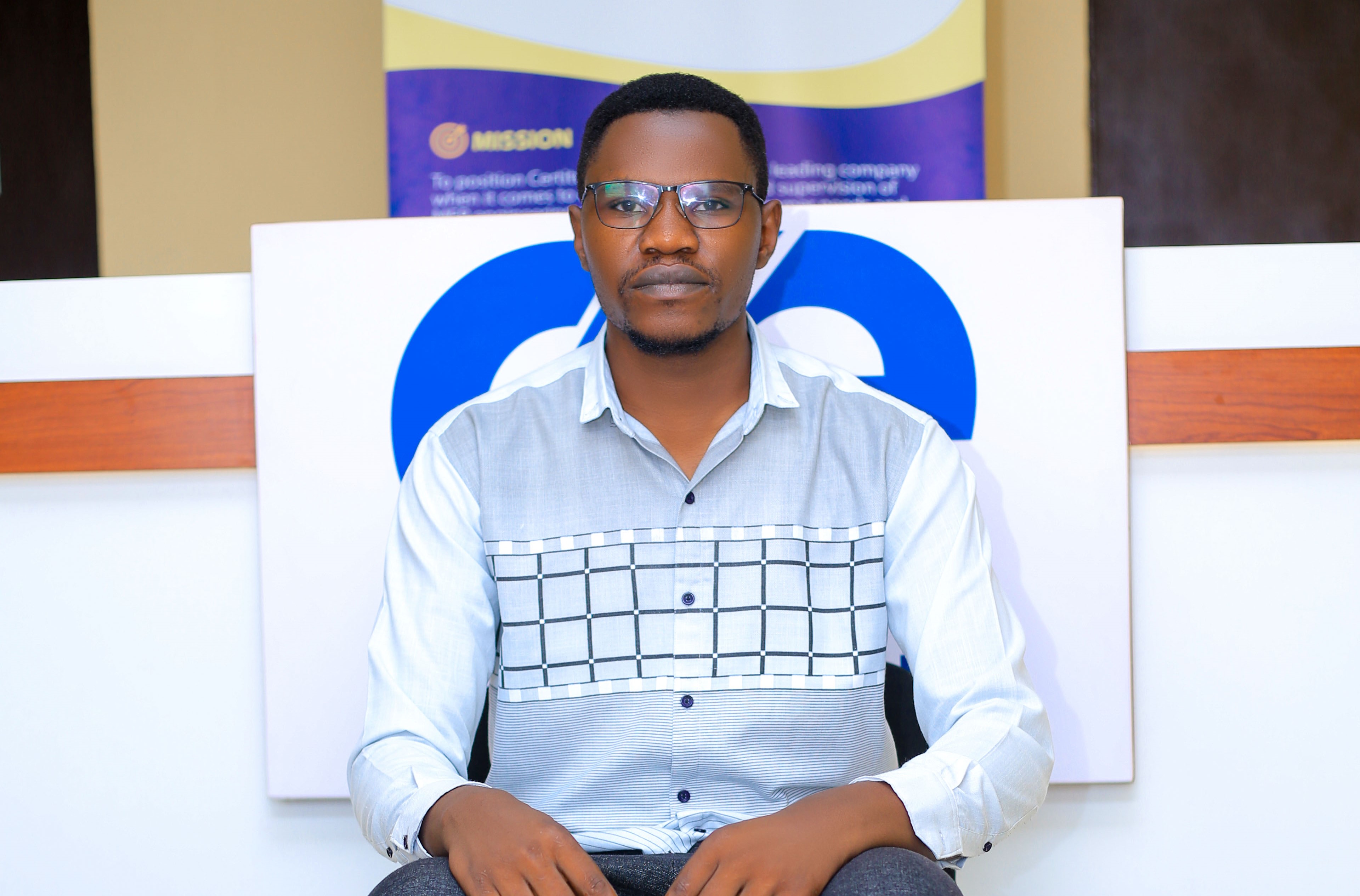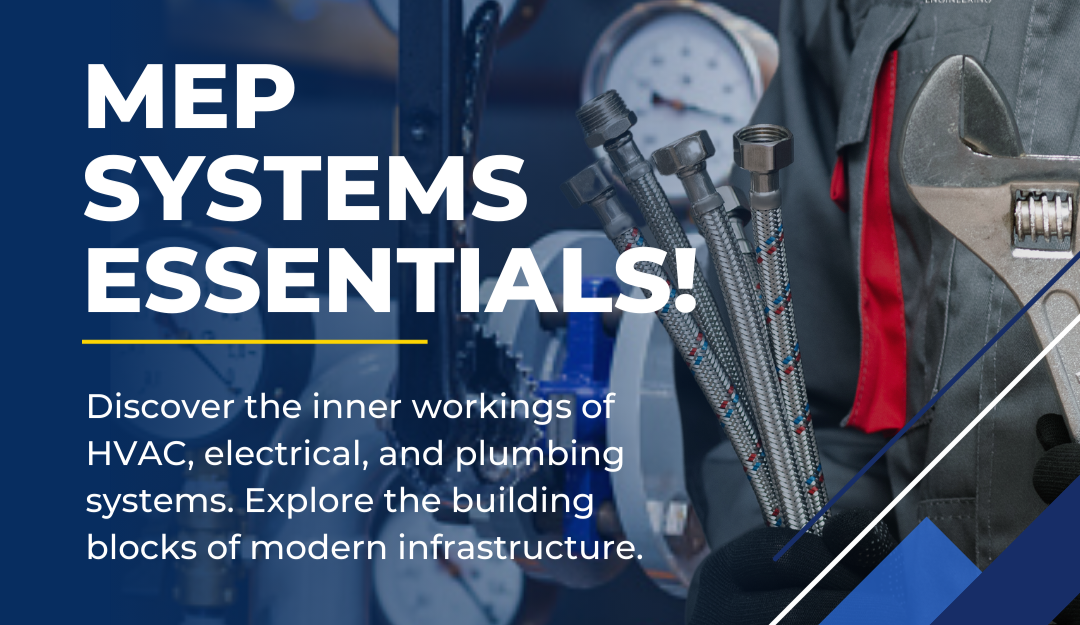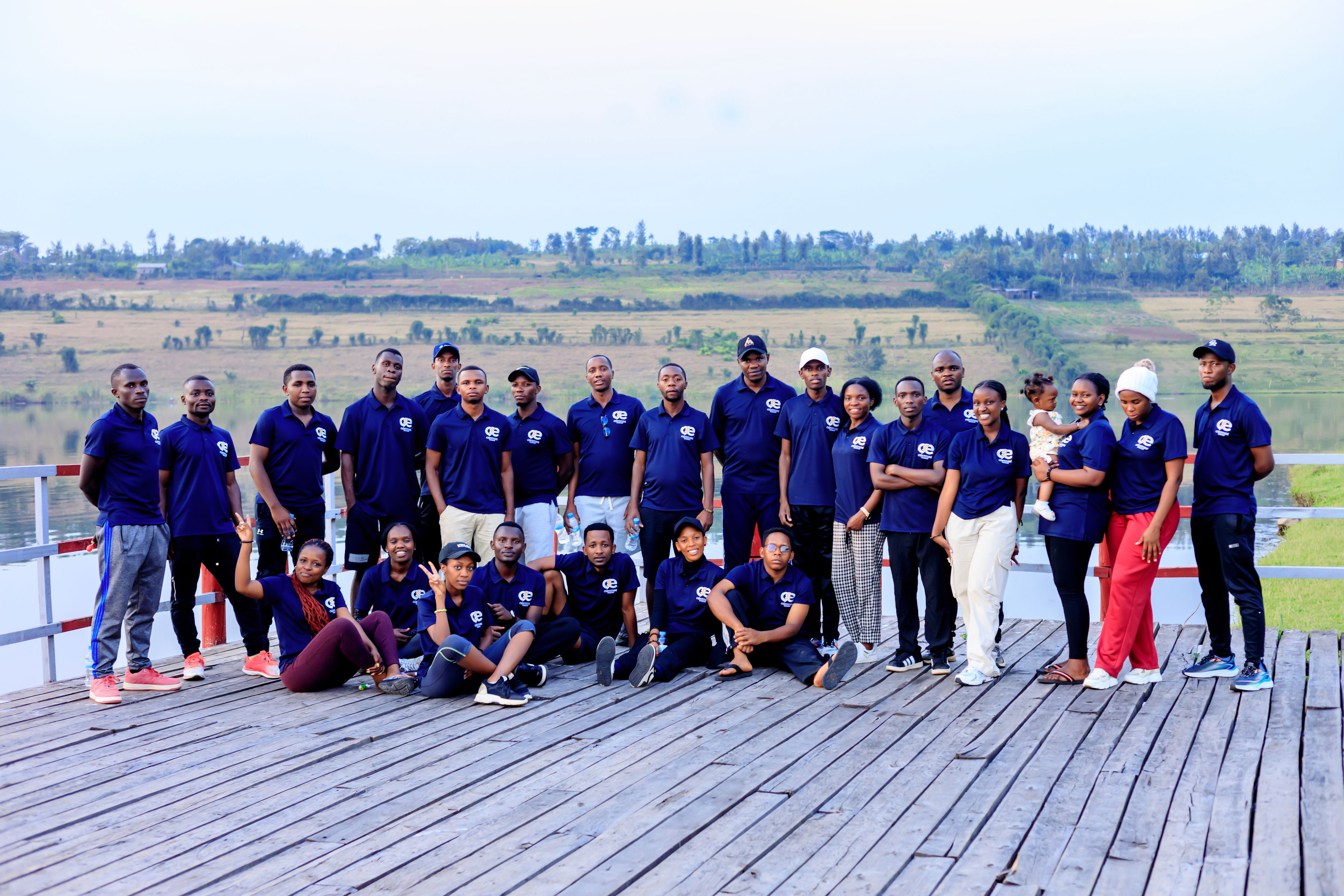
August 15th, 2024 - A day that will go down in Certitude Engineering history
What happens when you take a team of dedicated professionals away from their blueprints and put them on a boat at Lake Muhazi? Pure magic, unexpected champions, and the kind of laughter that echoes across water!
Our recent team adventure proved that the best project foundations aren't just built with concrete and steel, they're built with shared memories and friendly competitions. Here's a glimpse into how one unforgettable day reminded us why investing in your team is the smartest engineering decision you'll ever make.
The Journey: Setting the Foundation
At 8 AM sharp, our convoy departed from Kigali with anticipation filling the air. What we hadn't quite anticipated was the two-hour journey ahead of us, a reality check that reminded us just how far Lake Muhazi actually was. By 10 AM, we arrived at our destination, perhaps a bit more tired than expected, but with spirits still high and ready for the day's adventures.
The extended journey provided an unexpected opportunity for team members to connect during the drive, setting a collaborative tone that would carry throughout the entire day. As we stepped out of our vehicles, the fresh lake air and stunning views of Muhazi's sparkling waters immediately lifted everyone's energy, everyone could tell that this was going to be special.
Breakfast Kicked Off Our Best Adventure
Understanding that energy is fundamental to any successful endeavor, our first priority was breakfast. This shared meal served as more than just sustenance, it became the first opportunity for team members to interact outside their usual professional roles.
The Games Begin: Leadership in Action
Enter Mugema Kind, our talented MEP designer who seamlessly transitioned into the role of game coordinator for the day. His leadership skills, typically applied to technical design challenges, proved equally effective in organizing team activities.
Eng. MUGEMA KIND, MEP Designer, and Eng. UMUHOZA Faustin, Lead Projects Engineer
The first challenge was the traditional stick run game, known locally as "agati." As you witness professionals step outside their comfort zones, you begin to understand the true value of these experiences. Watching our typically composed team members transform into enthusiastic competitors demonstrated the power of shared experiences in revealing new dimensions of personality and capability.
Our Managing Director, Eng. Byukusenge Joseph, with the game coordinators
The competitive spirit emerged immediately, with Mugema's team claiming victory in the opening game, a result that sparked good-natured rivalry and set the stage for the day's competitive atmosphere.
Building Momentum Through Diverse Challenges
The second activity, the "eeh aaah" game, while less energetic than the first one, served its purpose in maintaining engagement across different personality types. However, when someone suggested football, the collective energy shifted dramatically.
This transition highlights an important lesson in team dynamics - different activities resonate with different individuals, and successful team building requires variety to engage every team member effectively.
Lunch Break by the Lake
Following intense physical activity under the midday sun, the team gathered for lunch in a shaded area overlooking the lake's serene waters. This break represented more than just a meal; it was a strategic pause that allowed for conversations and relationship building away from the structured games.
The combination of physical exertion, warm weather, and the peaceful lake breeze had created a shared experience that naturally broke down formal barriers between colleagues.
Problem-Solving 101: How One Teammate Redefined Water Transportation Forever
What happened next became the day's most memorable chapter. Instead of allowing post-lunch fatigue to slow momentum, our coordinators introduced the bottle-filling challenge by the lake shore, a seemingly simple task that would reveal unexpected innovation and pure comedy gold.
The objective was straightforward: transfer water from a bucket to a bottle using only hands. Teams lined up along the water's edge, ready for what seemed like a basic coordination exercise. However, as the game began, one particularly determined team member decided that conventional methods were for amateurs.
Picture this: while everyone else was carefully cupping water in their hands and making multiple trips, this absolute legend took one look at the competition, assessed his team's chances, and made an executive decision that would go down in company history. Without missing a beat, he bent down to the bucket, filled his mouth with water like a human camel, moved over to the bottle with puffed-out cheeks, and proceeded to spit the water directly into the container!
The entire lakeside echoed in laughter. People were doubled over, some nearly fell into the water, and the game temporarily stopped because everyone was too busy laughing to continue competing. His teammates were cheering, opponents were laughing so hard they forgot they were supposed to be filling their own bottles, and even the game coordinators couldn't keep straight faces.
This spontaneous moment of creative problem-solving (and complete disregard for conventional dignity) not only secured his team's victory but also created a memory that will be retold at every future company gathering. His willingness to literally "think outside the bucket" earned him recognition as the day's best player.
The Sunset Boat Adventure
After all the competitive games, we were treated to one of the day's most beautiful moments, a boat ride across Lake Muhazi as the sun began to set. The gentle rocking of the boat, combined with stunning views of the lake surrounded by hills, created perfect serenity.
As we glided across the water, the setting sun painted the sky in brilliant oranges and pinks, reflecting off the lake like a mirror. This peaceful ride became everyone's favorite part of the day. The best team bonding happens in quiet, beautiful moments together.
Recognition Through Shared Experience
Dinner provided the perfect setting for reflection on the day's activities, with tables arranged to capture the golden hour light dancing across Lake Muhazi's surface. The quality of the meal - particularly the exceptional meat preparation - created an atmosphere of satisfaction and accomplishment against the backdrop of the lake's tranquil evening beauty.
As you observe team members in this relaxed state, with the gentle flow of water nearby and the warm glow of sunset, it becomes clear how shared challenges and achievements contribute to stronger professional relationships. The exhaustion was visible, but so was the contentment that comes from meaningful shared experiences in such a setting.
Leadership Reflection and Recognition
The day concluded with remarks from our Operations Officer, François Semana, whose closing speech perfectly captured the day's significance. His message reinforced the connection between hard work and success while emphasizing how strong team bonds directly contribute to project excellence.
This moment of formal recognition provided closure to the day's bonding experiences, creating a bridge between the fun activities and their professional applications.
Eng. François Semana, Operations Manager
The Journey Back Home
The return journey to Kigali revealed the true success of our Muhazi adventure. Spontaneous singing, continued laughter, and the visible contentment on team members' faces provided clear evidence of the day's positive impact. These organic expressions of joy and connection demonstrated that the investment in team building had achieved its intended results - stronger relationships, improved morale, and renewed energy for upcoming challenges.
The Strategic Value of Team Investment
This Muhazi adventure reinforced a fundamental truth: the human element remains the most critical component of any successful engineering endeavor. The day revealed hidden talents, encouraged creative thinking, and strengthened the interpersonal connections that make challenging projects manageable.
(image)
At Certitude Engineering, we've learned that the strongest foundations extend beyond concrete and steel - they're built through shared experiences, mutual respect, and trust. This adventure wasn't just a day away from the office; it was an investment in the human infrastructure that supports all our technical achievements.
Here's to continued growth, both professional and personal, with this exceptional team.




.jpg)

